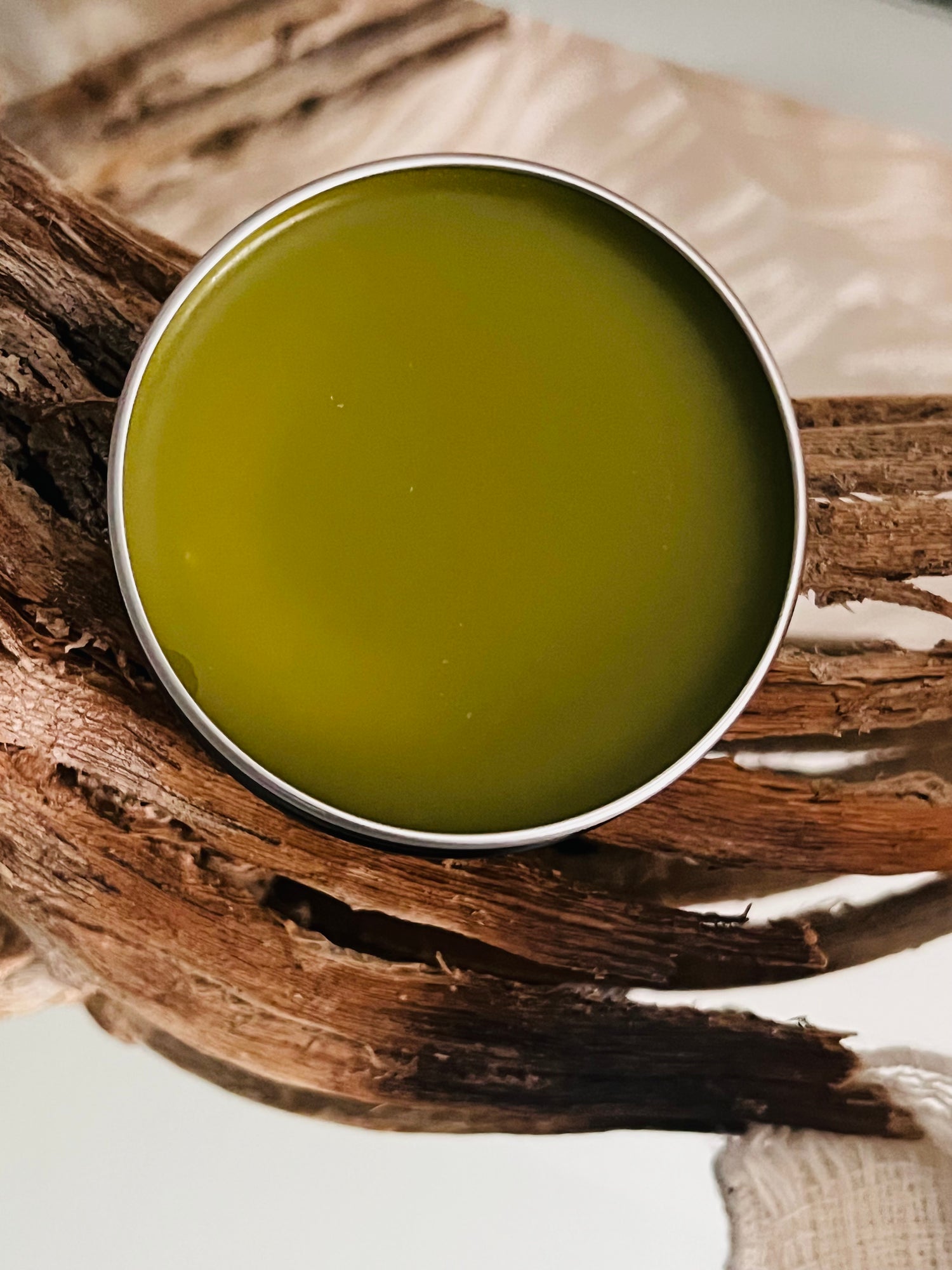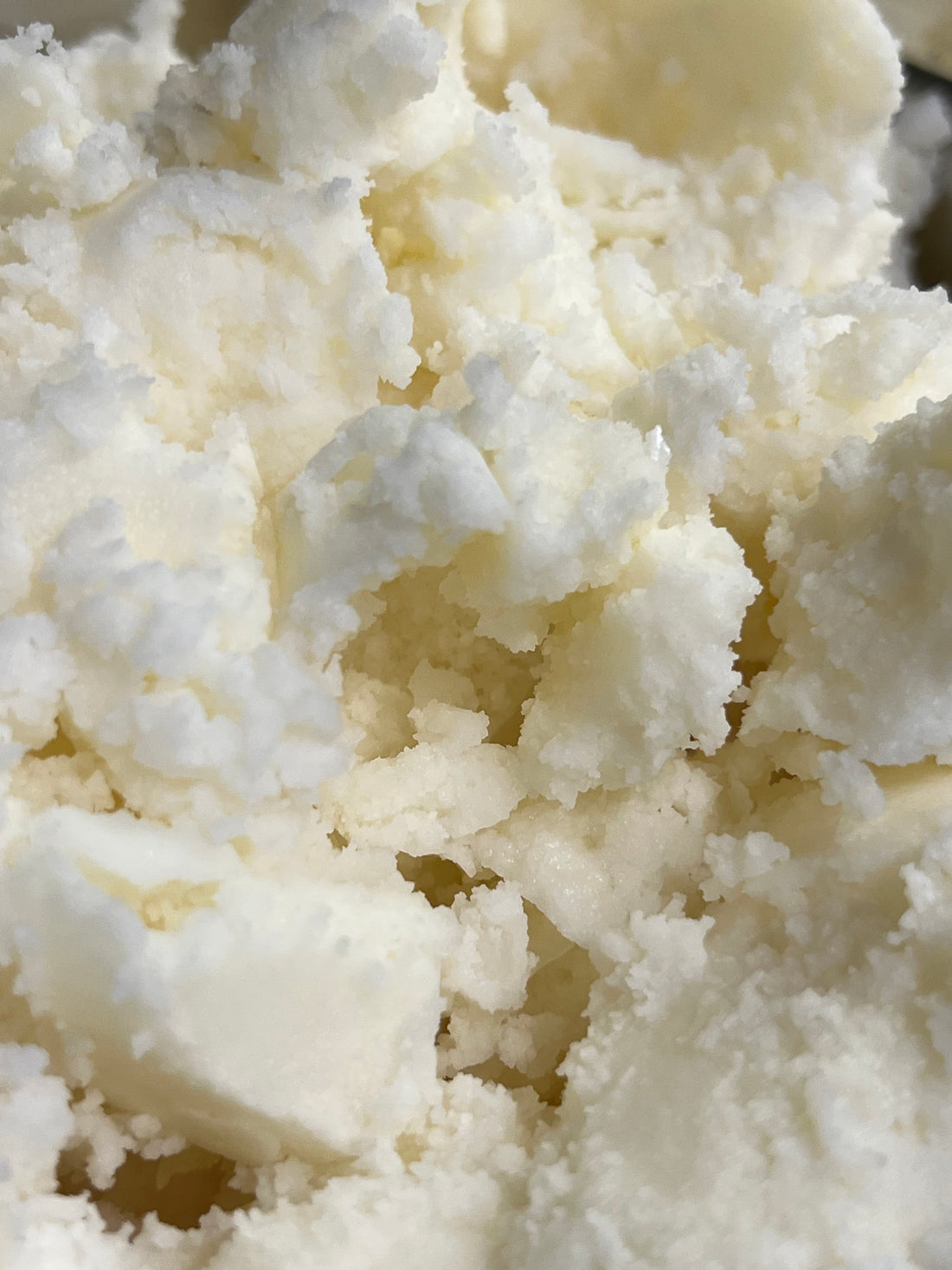This is a second blog into the subject of purifying tallow. Shalley Carrell of Buffalo Gal Grassfed Beauty has written this one. Shalley has had her own set of tests performed on a dry rendered and a sample that was purified 3x. These are the results. We both have been working together to get answers to this subject and sharing this information so other people can draw their own conclusions and decide what is best for them. We want to get as much exposure on this topic as possible since this is a debated topic among tallow business owners. It also leaves the consumer thinking that tallow has to be purified or its bad quality when that just isn't the case.
Delving Deeper into the Impact of Tallow Purification by Shalley Carrell
The Journey Continues...
If you haven't yet read my recent blog post titled "Good Rendering: Why We Don’t Purify Our Tallow," I encourage you to do so. It will provide valuable context for this exploration.
Additionally, Jennifer at Grassland Beauty has shared her insights on this topic (insert link), which are worth a read.
After writing my previous post, more questions arose. Jennifer and I decided to embark on a joint venture to uncover the truth about tallow purification.
Unveiling the Purification Process
"Purifying" refers to a refining process that involves adding salt and water during or after rendering. Once the batch is hardened, the jelly-like bottom layer called slick water is then scraped off and discarded. The goal is to produce a pure white, odorless fat ideal for skincare products. This resulting tallow could be classified as "cosmetic grade" or "refined." Throughout this post, we'll use the terms "refined" or "purified" to refer to it.
Refining any fat removes much of its healing fractions, which gives it its unique color and scent. These characteristics are primarily due to vitamins and antioxidants. Once these are removed, what remains is a predictable set of fatty acids.
The Paradox of Refining
Shea butter is a fat that often undergoes heavy refining to eliminate its strong natural odor and color. Conversely, many people prefer nilotica shea butter because it's minimally processed and retains its full nutrient panel.
Discerning consumers often seek out unrefined oils like olive and coconut oil in their virgin form for their high nutrient content. So, why wouldn't the same apply to tallow?
A Quest for Answers
Our concern is that "purifying" tallow may negatively affect its nutritional profile, despite widespread claims to the contrary. With limited data available on this subject, we decided to conduct our own investigation.
Jennifer submitted two samples of tallow to her lab - one dry rendered and the other dry rendered and purified once. Intrigued by her results, I wanted to explore further.
A Tale of Two Tallows
At Buffalo Gal Grassfed Beauty, we don't purify our tallow, so I decided to go secret shopping. I purchased a jar of pure tallow from a popular brand known for its grass-fed beef tallow, which was wet-rendered and purified multiple times.
The product was indeed enticing, with its lily-white color, airiness, and silky smooth texture. But did it retain all of its claimed nutrients after such intense processing?
Uncovering the Truth through Nutritional Testing
To answer this question, I sent the refined tallow sample to my lab for nutritional testing. In this post, we're going to focus solely on the fatty acid analysis.


The Results: A Shift in the Fatty Acid Profile
It's evident that the fatty acid profile of tallow changes after being purified just once, and it's significantly altered after multiple purifications. Let's take a closer look at some of the individual fatty acids.
Myristic Acid, thought to be beneficial for blemishes due to its cleansing properties, decreases in the multi-refined sample.
Myristoleic Acid, a monounsaturated Omega-5 fatty acid, increases significantly in the multi-refined sample.
Pentadecanoic Acid, an Essential Fatty Acid known for reversing cellular aging and promoting youthful skin, decreases significantly.
Palmitic Acid, known for its restorative properties and soothing effects on dry, irritated skin, also decreases significantly.
Conversely, Palmitoleic Acid, which possesses rejuvenating and anti-aging qualities, is higher in the multi-refined sample.
One of the key findings is that purification lowers Stearic Acid by 50%! This is a crucial fatty acid that hydrates and soothes dry skin the most.
Moreover, purification distorts the balance of Omega 6 to Omega 3 in tallow.
Additionally, the multi-refined sample was tested specifically for Conjugated Linoleic Acid (CLA), an isomer of Omega 3 Linolenic acid. This sample contains 515 mg/100g, indicating that CLA holds up well to the effects of purification.
Drawing Conclusions
One of the reasons we use tallow is for its remarkable, biocompatible fatty acid profile. Purifying disrupts and diminishes this profile and imbalances polyunsaturated fatty acids.
While refined, purified tallow is not harmful and can still benefit many users. But it does not deliver the full spectrum of benefits that unrefined tallow offers.
Our intention is not to discourage the use of purified tallow but to gain clarity and inspire honesty when making claims about the quality of our products.
We are excited to share our discoveries with those who wish to learn with us and join in this ongoing conversation about this treasured skincare ingredient.
Join us at #tallowtalk on Instagram.
Up next on the blog: Is purified tallow really packed with vitamins, as almost everyone claims?
We can't wait to share what we found out, so stay tuned!



4 comments
I don’t have a strong beef smell. I’m using grass fed grass finished suet . I am using a combination of oils for my product , I would like to have as much properties as possible , but not the water coming out , I’m using the dry method
Thank you!
Thanks for this blog. Another great scientific point about fat is that it has very little deuterium in it. That’s why carnivores are having soo much success with all diff body ailments, esp. cancer [ the body’s way of screaming for help ] going into remission.
I just cannot find anyone that speaks CLEARLY of how to dry render . An old timer told me to put a potato in as the fat starts to melt, and then keep it low so no burning. It takes much longer, but I do put just a bit of water in the bottom to get it started [ not having to stir it so much. A double boiler would be an idea for no burning. The water soon evaporates out. Someone else suggested whole cloves added for a better smell. I don’t know what properties are in cloves. But I sure do like the idea that we don’t have to ‘PURIFY’ it. or add those expensive oils and essential oils. Good luck getting people to use the stuff that makes them smell like a cooked cow. LOL. I don’t even like it on my pillowcase. So ANY ideas on getting that smell out while dry rendering is MOST welcome.
This has always interested me into which rendering method was better for the tallow benefits
I have always rendered wet at least 3 times trying not to over heat but today after reading your blog I will have a go at dry rendering
Here in Australia the smell of the tallow seems to put people of
So let’s give it a go